‘Blood Prawns’ Revisited
Shocking, horrific and devastating. Seaspiracy is a recent Netflix documentary that reveals the past atrocities that have occurred within the seafood industry. But is it enlightening or part of another agenda?
Aside from voicing his concerns, Ali embarks on a journey to see the stark realities of sea fishing. The footage reveals innocent marine animals losing their lives as a result of industry malpractice. Ali must be commended for taking such risks to uncover the crimes within the seafood industry. However, Ali’s documentary offers one perspective, the side in which nothing is being done to combat the issues. The purpose of this article is to voice the efforts of those taking steps to promote change and encourage sustainable fishing and farming. This raises certain questions: what is the purpose of this documentary? Is it to encourage industry change, or is it to encourage Veganism?
Debunking the ‘Sustainable’ fable
(00:43:08) Ali sat down with Maria-José Cornax of Oceana to discuss sustainability and its definition. Cornax was unable to provide a definitive answer because it is true, there is no concrete definition. This is due to the different types of sustainability. Is that confusing? Yes. How can we overcome that? Research.
The Marine Conservation Society have created the Good Fish Guide to help you assess the sustainability of your seafood. This Guide is an up-to-date, free resource and details everything you need to know about the quality and methods in producing your seafood.
Consider shellfish, there are a plethora of variants. For example, we supply Indonesian black tiger prawns to the UK but there are cold water prawns, king prawns, vannamei prawns etc. – all will require different production methods. For further insight, please read this article on the differences between shellfish species.

Image: Rosida attending a harvest for our black tiger prawns
What are the different types of sustainability? The Global Aquaculture Alliance have that covered. This is an international non-profit organisation, based in the United States, dedicated to advancing aquaculture and frequently discuss different production methods.
The reason there are different levels of sustainability is because seafood is an umbrella term that houses a lot of species! It is for this reason there are different methods of sustainable fishing and farming. To understand the various methods, you have to isolate the area in the industry you want to explore and consider the type of farming used within that industry. This is intuitive so why was this not inferred by Ali?
Foul Farming
Taking The Happy Prawn Co. as an example, we farm our prawns using traditional farming methods. Although Ali speaks just as unforgivingly for farming practices (00:26:58), we implement a farming method that uses no chemicals, feed or antibiotics – extensive farming. The prawns are naturally raised in our mud-pond environment. They feed on the biomass (algae) that is found on the roots of the mangroves. This means our prawns do not have a mercury content and are not hazardous to your health.
(00:23:53) Mangroves are important in conserving the coastline for islands, such as those within Indonesia. We celebrate these natural barriers as proven by our mangrove replantation program.
To get a further insight into our operations, please see our documentary here:
On charities
Throughout the documentary, Ali meets with some charities that offer labels on their products. One of those charities is The Marine Stewardship Council (MSC), who are known for supporting sustainable practices when producing seafood. We have worked closely with MSC in producing sustainable fishing guidelines before and can confirm they are strongly adhered. In addition, these projects involve huge investments in resources and it would be a monumental waste if they were not implemented properly.
(00:48:08) Ali discusses sea turtles, a marine animal we support the conservation of. It was rather interesting that there was no mention of the Bali Sea Turtle Society and their efforts in promoting turtle biodiversity. Indonesia is home to the 6 of the endangered species, and the society works around the clock to preserve the turtles, but there was no mention of this.

Image: (Left to Right) I Gusti Ngurah Tresna, (Mr Turtle), Rosida, Azher and, I Wayan Wiradnyana at the Bali Sea Turtle Society in Bali, Indonesia (2019)
Stop eating seafood!
Towards the end of the documentary, Ali discusses the vegan substitutes to seafood (00:05:16) as the best alternative, but is it?
From a socio-economic perspective, seafood is an important source of income for countries that are predominantly agricultural. The production of seafood enables people to receive a steady source of income. If seafood consumption stopped, what would these people end up doing?
In the case of Indonesia, they will turn back to palm oil and logging, which will severely impact the wildlife and endanger many species like the Borneo Orangutan and the Sumatran Rhino. The population of Indonesia is not as literate as the population in the UK, there are many people who would be completely out of a job. To make matters worse, the welfare system is not as developed like in the UK, this would mean millions of people fall into severe poverty, widening the global inequality gap.

Image: Emmang (one of our farmers) with his family
Could they not just swap to crop farming for vegan substitutes? This would also see a complete change in the landscape. Think about the quantities required to produce vegan food. Population displacement would occur as a sizeable amount of land would need to be converted into farms. This will inevitably include the forest, leading to animal displacement and endangerment.
Veganism is a somewhat sustainable model in developed countries. The reality for developing nations is bleaker. To transpose the vegan model onto a nation without considering the skills or welfare of the population, and of course the arable land size (and crop capability) overlooks the circumstances they face.
Overall verdict
Seaspiracy is one perspective. In reality, there are so many perspectives to explore when it comes to the seafood industry. Please take caution when watching this documentary as it ultimately fails to illuminate the changes organisations, across the board, are doing. It also pushes an agenda that doesn’t consider the realities for the communities that depend on seafood as a main source of income.
If Ali should ever read this article, we welcome you to document your experiences on our farms, to prove that we are telling the truth and proudly offer a very different reality of seafood production.
For further information about the Blue Economy, please see the following links:
- World Bank Ocean, Fisheries and Coastal Economies Projects
- WWF Sustainable Seafood and WWF Fish Forward Program
- The United Nations Global Impact – Ocean Project (includes additional reading on strategic direction)
- Blue Economy: Indonesia
- The Marine Conservation Society and the MCS Good Fish Guide
- The Marine Stewardship Council – official response
- The Global Aquaculture Alliance – official response
- The National Geographic – Sustainable Seafood (introduces different production models)
- Food Print – Sustainable Seafood Issue (also introduces different production models)
- Aquaculture (The umbrella term for the farming method we use)
- Aquaculture methods (includes case study examples from farms around the world)
- Extensive aquaculture powerpoint (Useful for comparative differences. In terms of disease, we conduct microbiology tests for each batch in our factory prior to shipping to the UK)
- Impact of loss of seafood on UK economy
- Implications of increased vegetable intake
- Implications of increased agricultural practices
- World Bank Ocean, Fisheries and Coastal Economies Projects
- WWF Sustainable Seafood and WWF Fish Forward Program
- The United Nations Global Impact – Ocean Project (includes additional reading on strategic direction)
- Blue Economy: Indonesia
- The Marine Conservation Society and the MCS Good Fish Guide
- The Global Aquaculture Alliance – official response
- The National Geographic – Sustainable Seafood (introduces different production models)
- Food Print – Sustainable Seafood Issue (also introduces different production models)
- Aquaculture (The umbrella term for the farming method we use)
- Aquaculture methods (includes case study examples from farms around the world)
- Extensive aquaculture powerpoint (Useful for comparative differences. In terms of disease, we conduct microbiology tests for each batch in our factory prior to shipping to the UK)
- Impact of loss of seafood on UK economy
- Implications of increased vegetable intake
- Implications of increased agricultural practices
Banner Image: Seaspiracy Instagram post
________________
About The Happy Prawn Co.
The Happy Prawn Co. is an independent, ethical brand producing 100% natural, 100% traceable Black Tiger prawns from Indonesia. Aimed at seafood lovers and foodies alike, the brand officially launched in 2018, but it’s the result of more than a decade’s dedication.
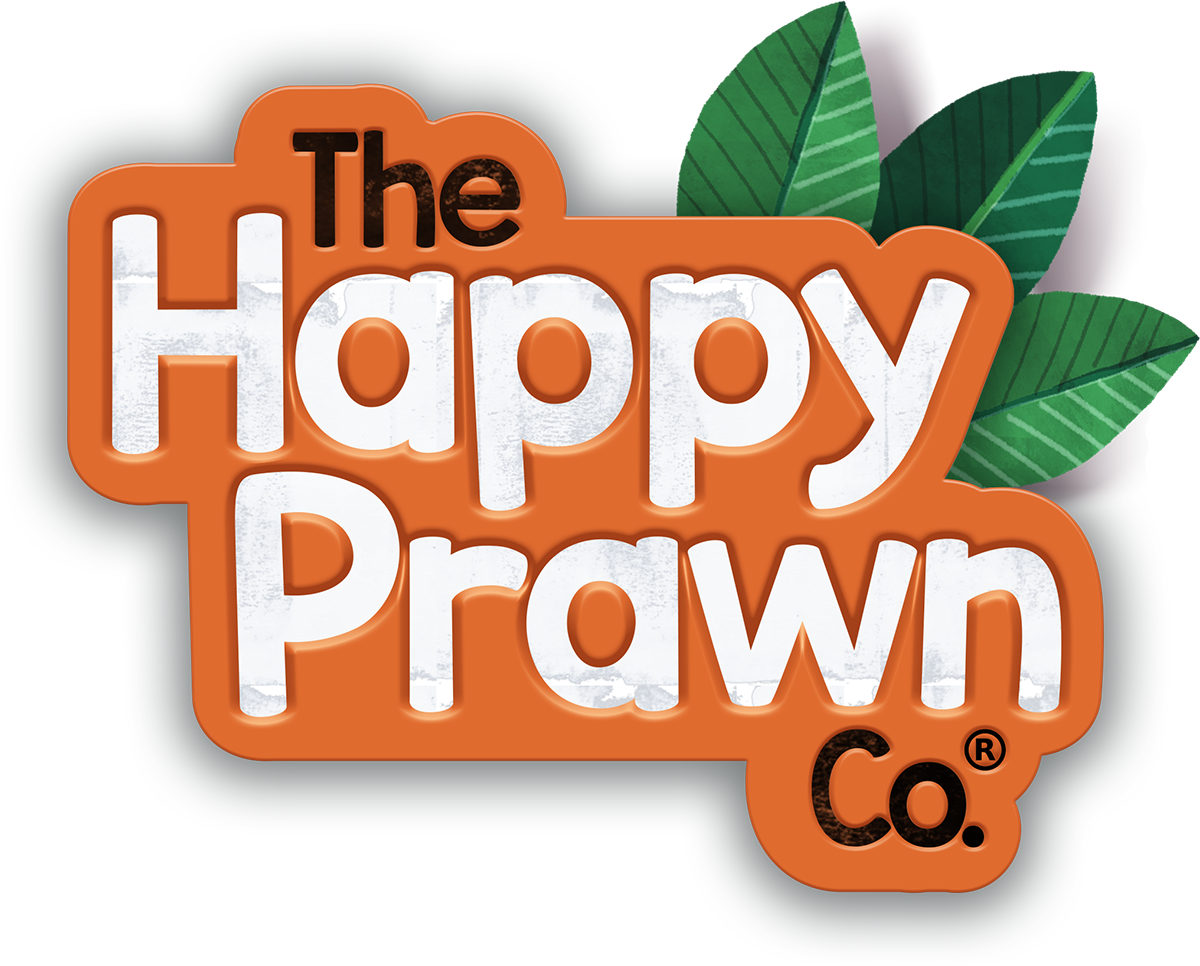
Check out this short video about our story here:

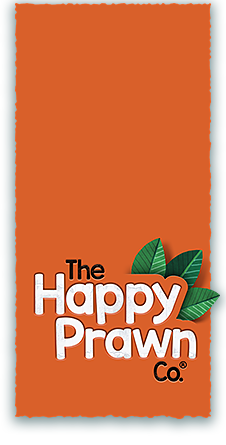




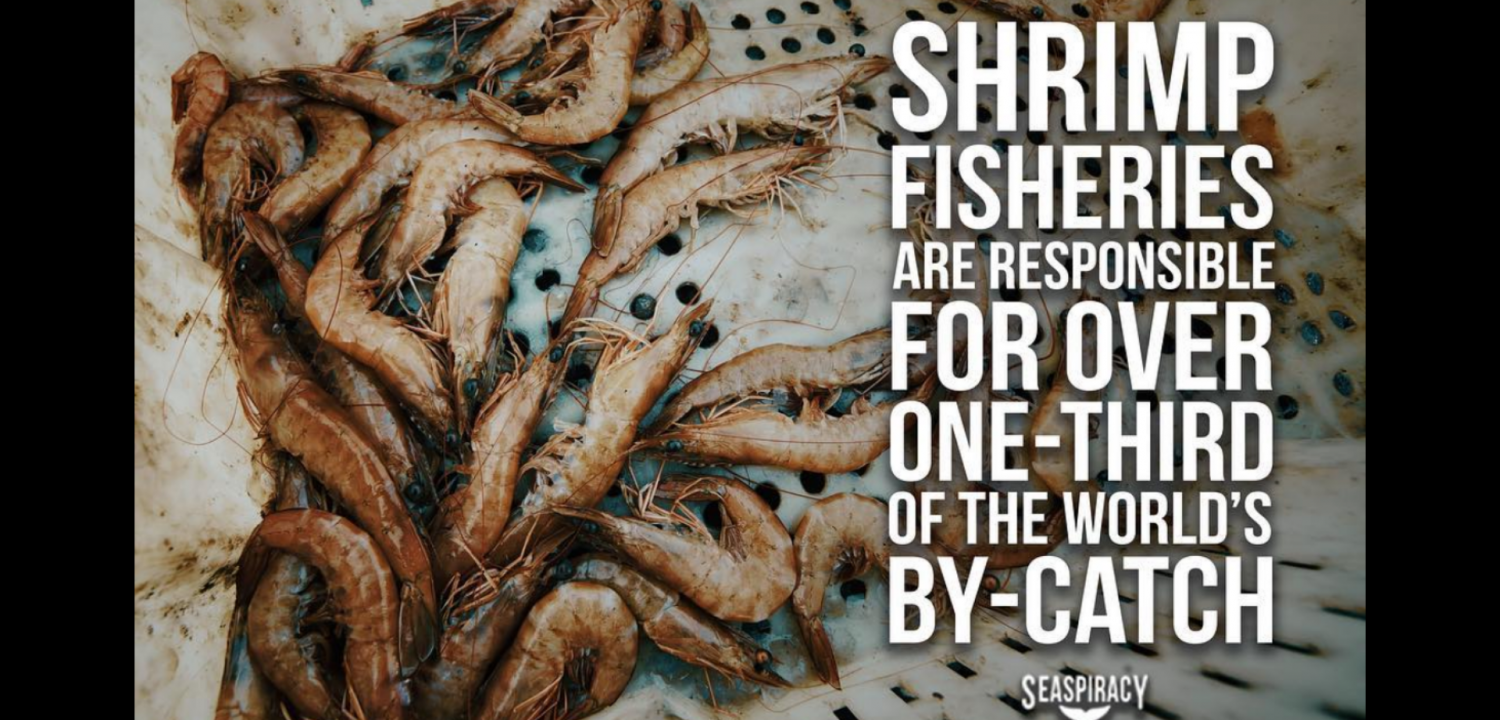
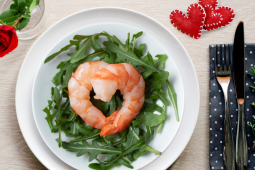
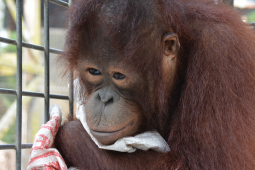
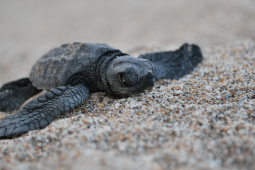
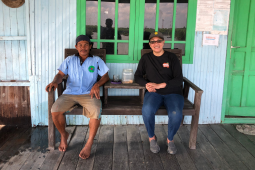
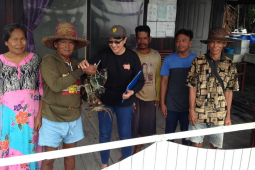
What we are seeing is propganada because the agenda is to remove all animal products from our food supply. The agenda is to have only GMO available to the masses.
We are a group of volunteers and starting a new
scheme in our community. Your site offered us with valuable information to work
on. You’ve done an impressive job and our whole community will be grateful to you.